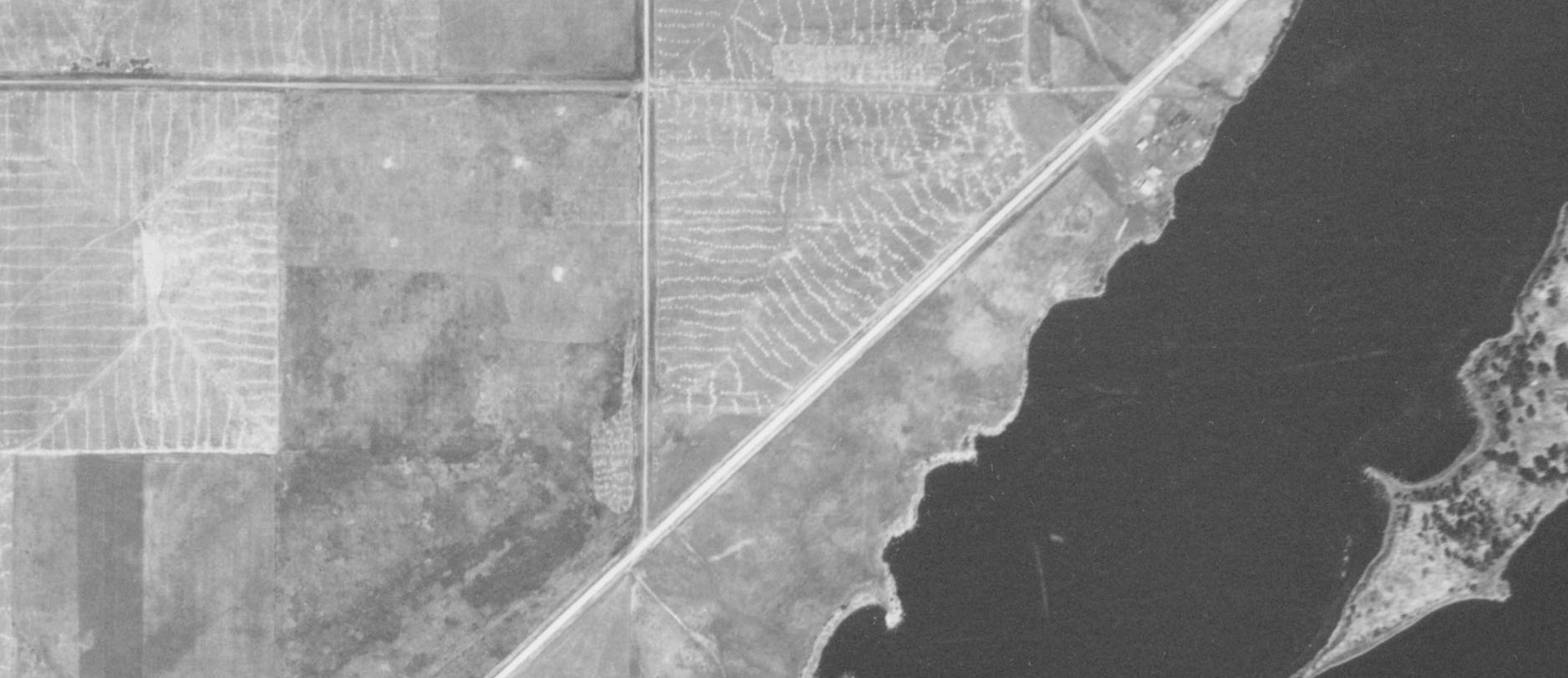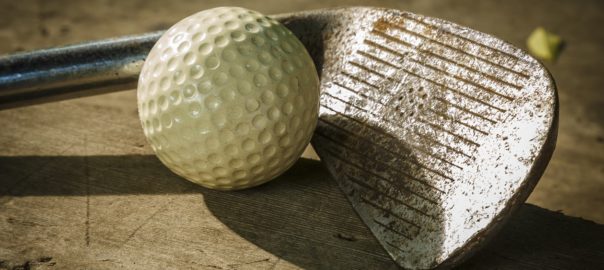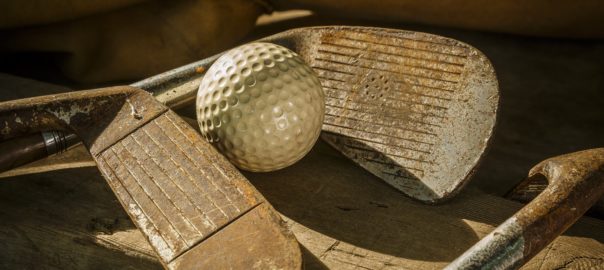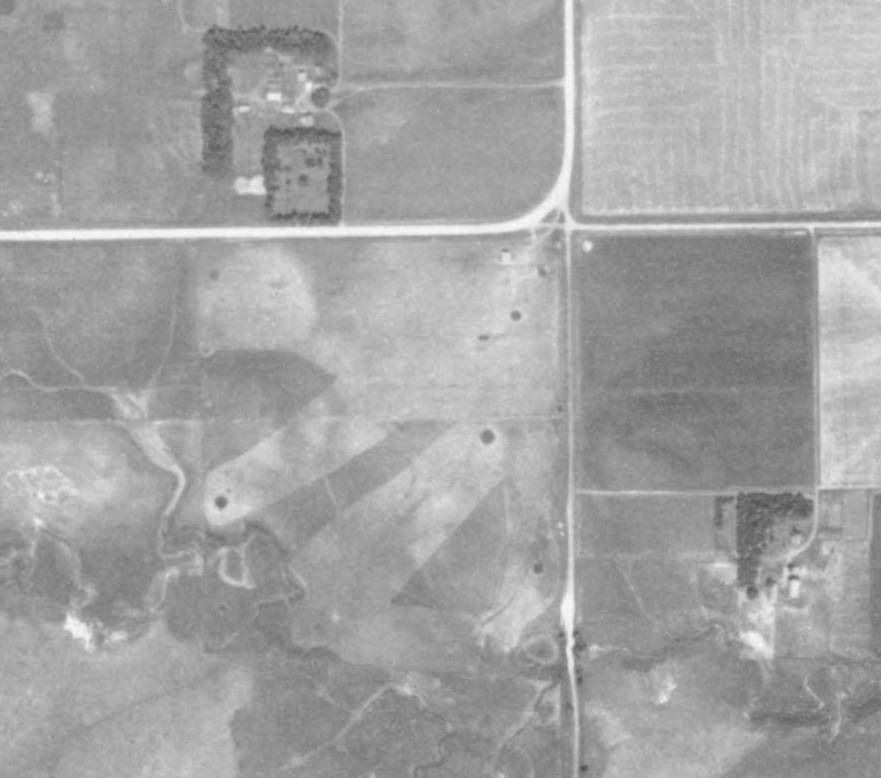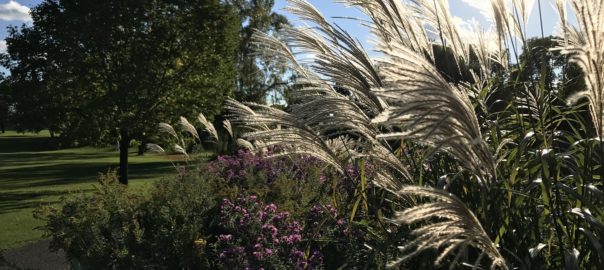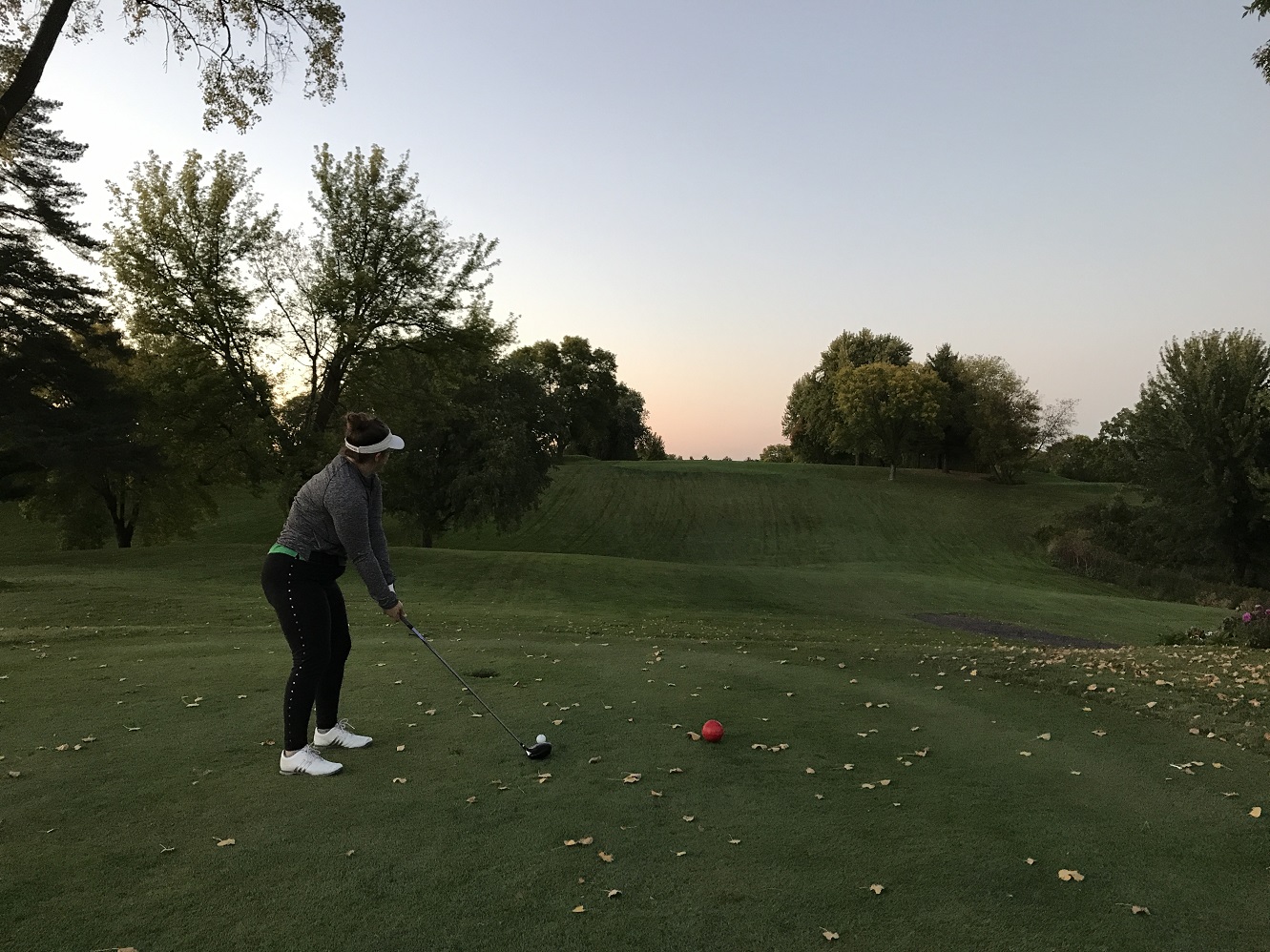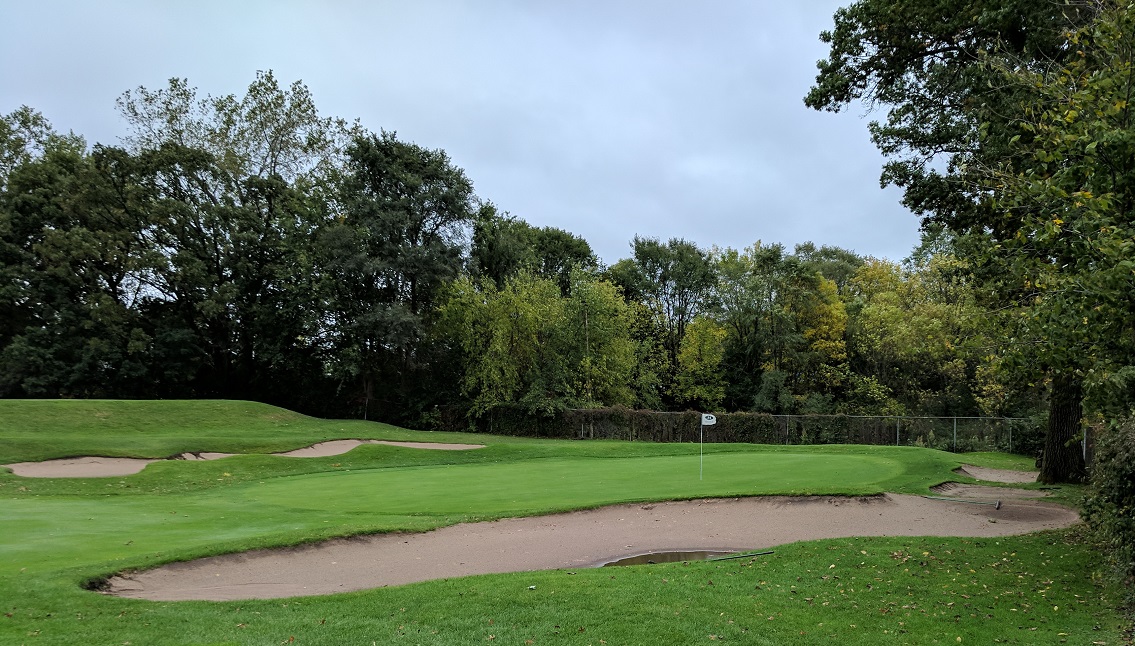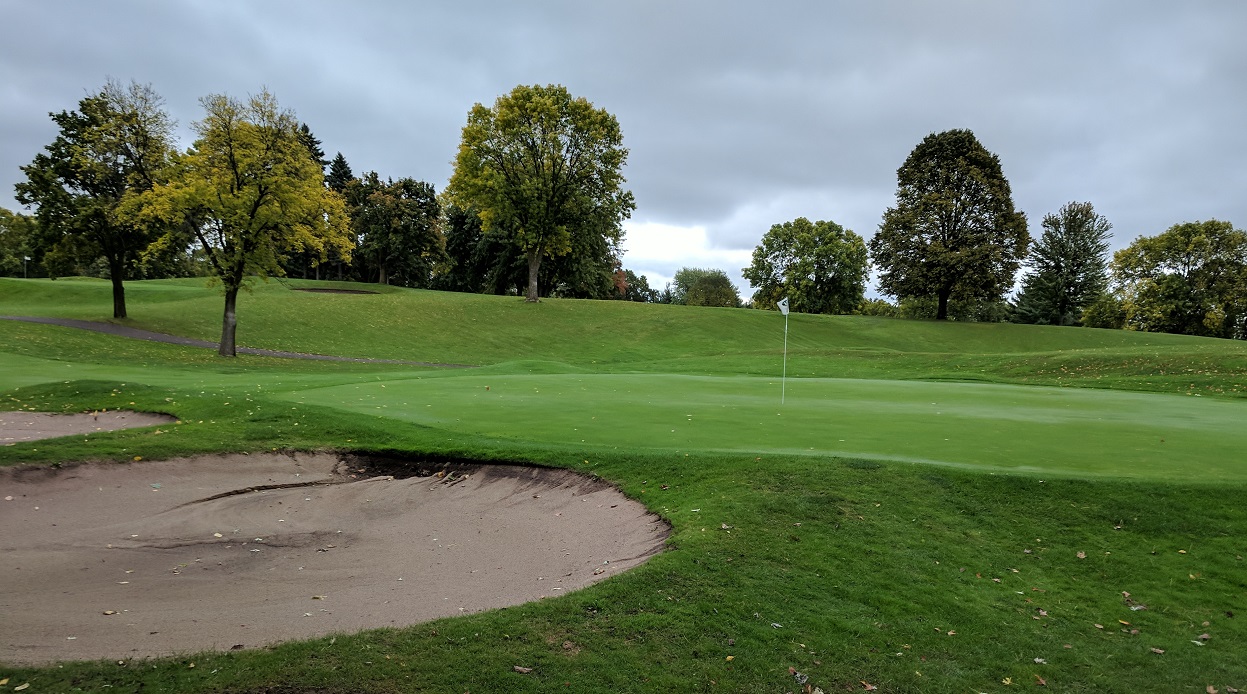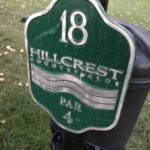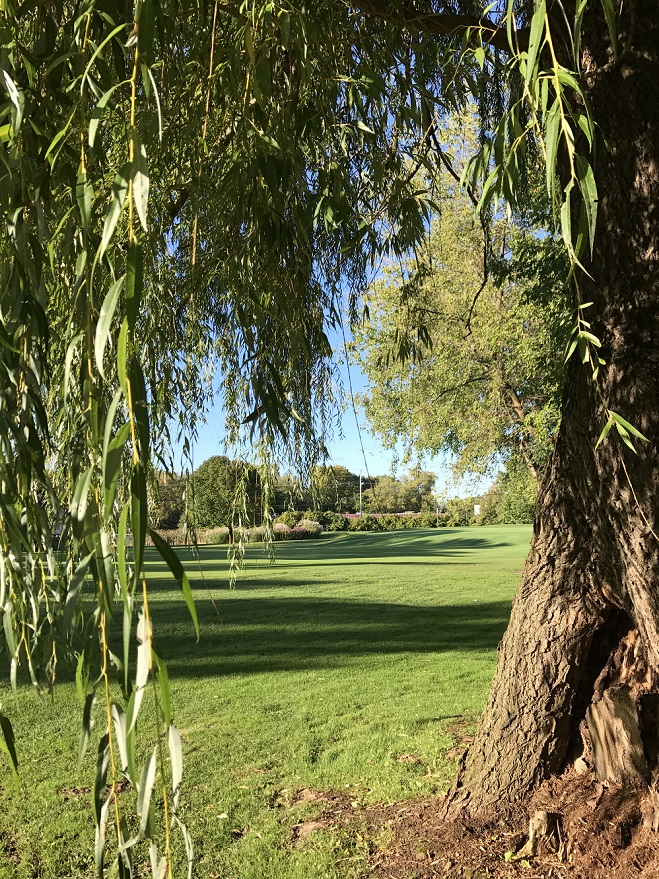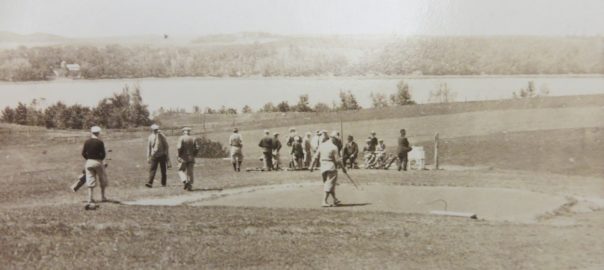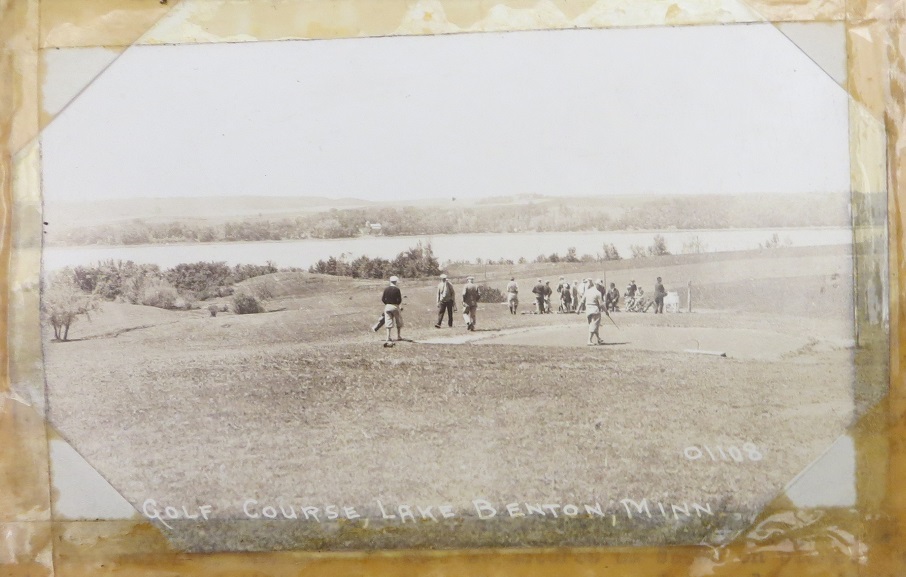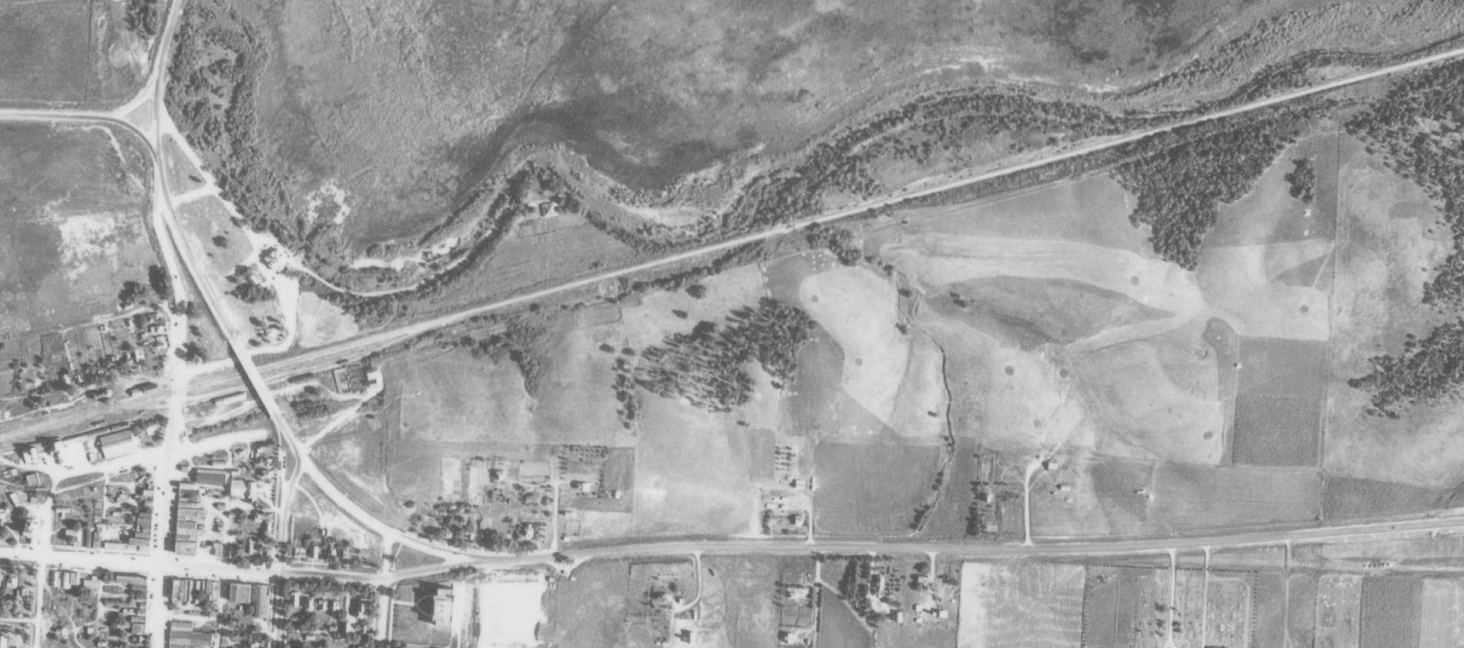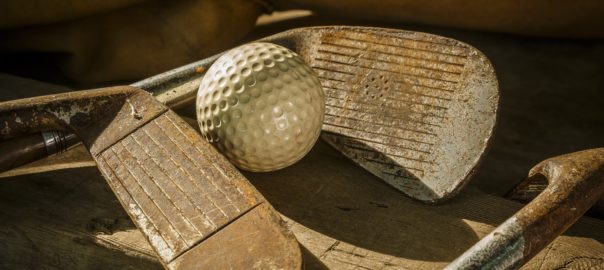Peter Wong photo
——————-
History can reveal itself in unusual ways.
Backward, for instance.
My path to uncovering what was almost certainly the first golf course in southwestern Minnesota, and one of the first 20 in all of Minnesota, was traveled in a decidedly backward direction. A few sideways steps here and there, but mostly backward.
If you can hang with me, you’re about to endure a journalistic storytelling practice known as “burying the lede.” Actually, it’s more like journalistic malpractice. Editors hate it. Burying the lede involves taking the most compelling information available and plunking it so deep into the story that it stands a darn good chance of getting lost.
Well, “lost” is what I do, after all. So here I go, burying away with that lede. Editors, go ahead and hate me. I’d like to think that in the end, the excavation will be worth it.
The best way I can think of to tell this story is, well, backward.
————–
Late last year, Randy LaFoy, a fellow Minnesota golf history buff who researches courses that were aided by Works Progress Administration labor during the Great Depression, told me about a golf course site he had noticed in a historic aerial photo of the city of Marshall. That led me, albeit months later, to a post about the “rebirthing” of Marshall Golf Club, which moved its grounds from the northwestern part of the city to the southwest in 1941.
It’s a fairly standard relocation story, except it got me to thinking more about Marshall Golf Club. The bulk of the Internet entries on the club, and even the club’s web site, state that Marshall GC was founded in 1942. That’s true, in the sense of the club’s current iteration (with nine additional holes opened in 1972). But I had to wonder if there wasn’t an earlier version of club history, maybe even pre-1940, when the good folks of the Lyon County seat first played golf on the northwest edge of town.
A few phone calls ultimately led me to Ron Labat, a longtime Marshall Golf Club member who perhaps has the best working knowledge of the club’s history. Some years ago, Labat shrewdly recovered and preserved some old club documents shortly before the clubhouse was remodeled and the documents destroyed.
Labat was aware that the club’s origins dated to before 1940. He has a copy of what is called Marshall Golf Club’s original Certificate of Incorporation, dated April 24, 1930, and registered in Lyon County. Labat said annual dues ranged from $10 to $50, and he included this wonderful nugget that accompanied the 1930 “establishment” of the club: “The bylaws said indebtedness (of the club) could not exceed one dollar,” Labat said.
Cool. So Marshall GC dates to 1930.
Except …
… Being interested in finding out more about the club’s establishment, I spent a couple of minutes a bundle of hours at the Minnesota History Center in St. Paul, spooling and unspooling microfilm of Lyon County newspapers. The year 1930 revealed these entries on Marshall Golf Club from the News-Messenger:
April 13, 1930: Story headlined “Golfers Improve Greens and Prepare For Busy Season” and mentions sand was being delivered for the greens at Marshall Golf Club.
June 6, 1930: “Local interest in golf is increasing for the1930 season, with 60 members registered.”
Well, fine, but those stories implied to me that 1930 was not Marshall Golf Club’s first season, either.
Now unspooling the 1929 reel …
June 28, 1929: “William Wik made a record score on the Marshall golf course Tuesday, when he shot a 33, two strokes below par. On his second round of the nine holes, his score was a 37, giving him a 70 for the 18 holes.”
Nice round, Bill. (Is it OK if I call you Bill?) But I bet the course wasn’t established in 1929, either.
How about the 1928 spool?
June 8, 1928: “Golfers Plan A Tombstone Tourney Here.” Story about an upcoming tournament at Marshall, featuring a format more complicated than most Google algorithms. (I’ll not try to explain it.)
OK, now I’m going to keep digging backward until I really find out when Marshall Golf Club started.
July 1, 1927: Headline: “Monte Golfers Win.” (That’s short for Montevideo.) William Wik of Marshall shoots the low score, an 81, at Marshall course. (Nice round, Bill, but I bet you can do better. Keep plugging away.)
Somewhat exasperated by the continued retreat through the years, I decide to start retreating two years at a time …
Feb. 6, 1925: Annual meeting of Marshall Golf Club is detailed in the newspaper. George Lowe is elected president. A $10 admission fee for non-resident members. 64 members. “… Considerable money was expended last year on the grounds and club house, and the course is in fairly good condition for after but one year’s work. … Additional traps and bunkers will be built.”
Well, there’s a strong hint — right? — that Marshall Golf Club dates to 1924. And the May 16, 1924, News-Messenger proves especially revealing:
“Increased interest is being taken locally in the game,” the newspaper reports, “and with the improvements being made at the local course more practice and better play is noticeable.
“The new Marshall course is being worked into better shape. Greens are in fair condition and the course is being well marked. A large mower has been added recently to the equipment and new turf will be noticeable by next spring from mowings made this spring. A club house has been erected which will provide storage room and locker space for 24 members. … The new course has a total length of 2,792 yards negotiated in par in 36.”
“New course.” There you go. Marshall Golf Club goes all the way back to 1924. Makes a lot of sense, actually. That would place MGC’s founding solidly in line with a large group of other southwestern Minnesota courses that were established in that era, including Worthington (1919), Olivia (1920) and Canby (1920) and dozens more. The first club of all in southwestern Minnesota has generally been regarded to be Interlaken Golf Club of Fairmont, in 1917 and/or 1919, according to conflicting information on the club’s own web site. (Note, 9/16/17: Graceville Golf Club in Big Stone County appears also to date to 1917.)
Anyway, the search for Marshall Golf Club’s founding is beginning to tread on historic ground.
And then the next passage in the 1924 News-Messenger story drops the bombshell.
“The course,” the newspaper reported, “occupies practically the same ground used by Marshall’s first Golf club which flourished in 1900 and 1901, after which the game was abandoned in Marshall until the organization of the present club four years ago. The club has a membership of about 60.”
Whoa. That’s a passage almost beyond belief. Whether formally organized as Marshall Golf Club or not, golf in this southwestern Minnesota city dates not to 1942, not to 1930, not to 1927 or ’25 or ’24 …
… but to 1900 or 1901.
I have to say I was floored by that last passage. If true, golf in Marshall predated golf anywhere else in that corner of the state not by two or three years, but by more than 15. This, if credible, is a historic revelation.
Back to the microfilm.
As my late, great mother might have exclaimed, excuse my French. But damned if the 1924 story wasn’t right.
I scrolled through about the first seven months of 1900 editions of the News Messenger and found no references to local golf. But 1901 was a different story.
May 17, 1901: “The golf craze is about to hit Marshall, and will probably hit it hard. A number of would-be golfers who don’t as yet know a golf stick from a hay rake have been talking golf the past week and are now preparing enthusiastically to order outfits and lay out a ground — or is it ‘green’ or ‘links.’ The ground now being considered is on the east side of the river, and nine links will be made to start with. … Soon the members will be wrestling with the golfer’s jargon, and the uninitiated will be wondering at foozles, bunkers, tees, drives, caddies, etc.”
(Foozle. That’s a new one to me, even after 35 years of writing about golf. Definition: “a clumsy or botched attempt at something, especially a shot in golf.”)
May 24, 1901: “A golf club was organized last Saturday evening at a meeting held in Dr. Van Tassel’s office. Mr. Van Tassel was elected president and Julius Humphrey secretary. A committee on grounds … was instructed to look for grounds at once, and ascertain the probable expense of securing and preparing them. The grounds now being considered are the railroad land on each side of the Northwestern, beyond the Marshall Milling Company’s plant.
“… The membership will be limited, and ladies will be honorary members, their number also being limited. Soon the natives will be wondering at the antics of the golfers, and wondering where the fun is in chasing a ball all over the prairie with a crooked stick.”
June 7, 1901: “The golf club is about ready to begin golfing.”
Aug. 9, 1901: “The golf links continue to attract a number of golfers every day and evening. Bert Welsford has lowered the score twice this week, putting the best score yet made on the course at 57, most of the golfers playing around 75.”
Golf in Marshall. In 1901. It’s true.
Whether or not there was a formally organized Marshall Golf Club in 1901 — the newspaper clips imply it but don’t make it clear — Marshall now occupies a historic perch in Minnesota golf history. My records show only 12 courses in state history having been in operation before 1901: Town & Country Club, Roadside and Merriam Park, all of St. Paul; Winona GC and Meadow-Brook of Winona; Burton Private Course of Deephaven; Bryn Mawr and The Minikahda Club of Minneapolis; Northland of Duluth; Lafayette Club of Minnetonka Beach; Silver Creek of Rochester; and Tatepaha of Faribault. (Update, 2020: The first St. Cloud Country Club should also be on this list, so make it 13.)
Take a bow, Marshall, as the now-presumed birthplace of golf in southwestern Minnesota.
Postscripts:
— I didn’t find in the 1901 newspaper clips any mentions of the golf course shutting down, but I don’t have reason to doubt the 1924 story suggesting it.
— It’s likely that the course didn’t first reopen in 1924 but in fact even earlier than that. A blurb in the Minnesota Golfer Magazine 2012 Directory — Marshall Golf Club was honored as 2012 Minnesota Golf Association Club of the Year — reported that “the club in Marshall was in operation as early as 1922, according to the April 7 edition of Marshall’s News Messenger that year.” (I’m done unspooling on Marshall for now and won’t attempt to verify or disprove.)
— I don’t intend for any of this to reflect negatively on Ron Labat’s documentation of Marshall Golf Club’s history. Matter of fact, if Labat hadn’t preserved the documents that he did, the club would be much poorer for it. As for his Certificate of Incorporation being dated 1930 and not earlier, my guess is that the certificate pointed toward some kind of more formal organization, or reorganization, of the golf club within the city of Marshall.
— April 2020: I’m confused over the reports of the club’s 1901 site, reported as east of the river in the May 14 story but on either side of the railroad tracks and near the Marshall Milling Company in the May 21 story. From what I can gather, the latter site would have been at the north end of what is now downtown, near the Lyon County Sheriff’s Office — and decidedly not east of the Redwood River. If that’s true, the 1901 and 1924 sites would not have been all that far away from each other.
Can someone please help me clear this up?!
